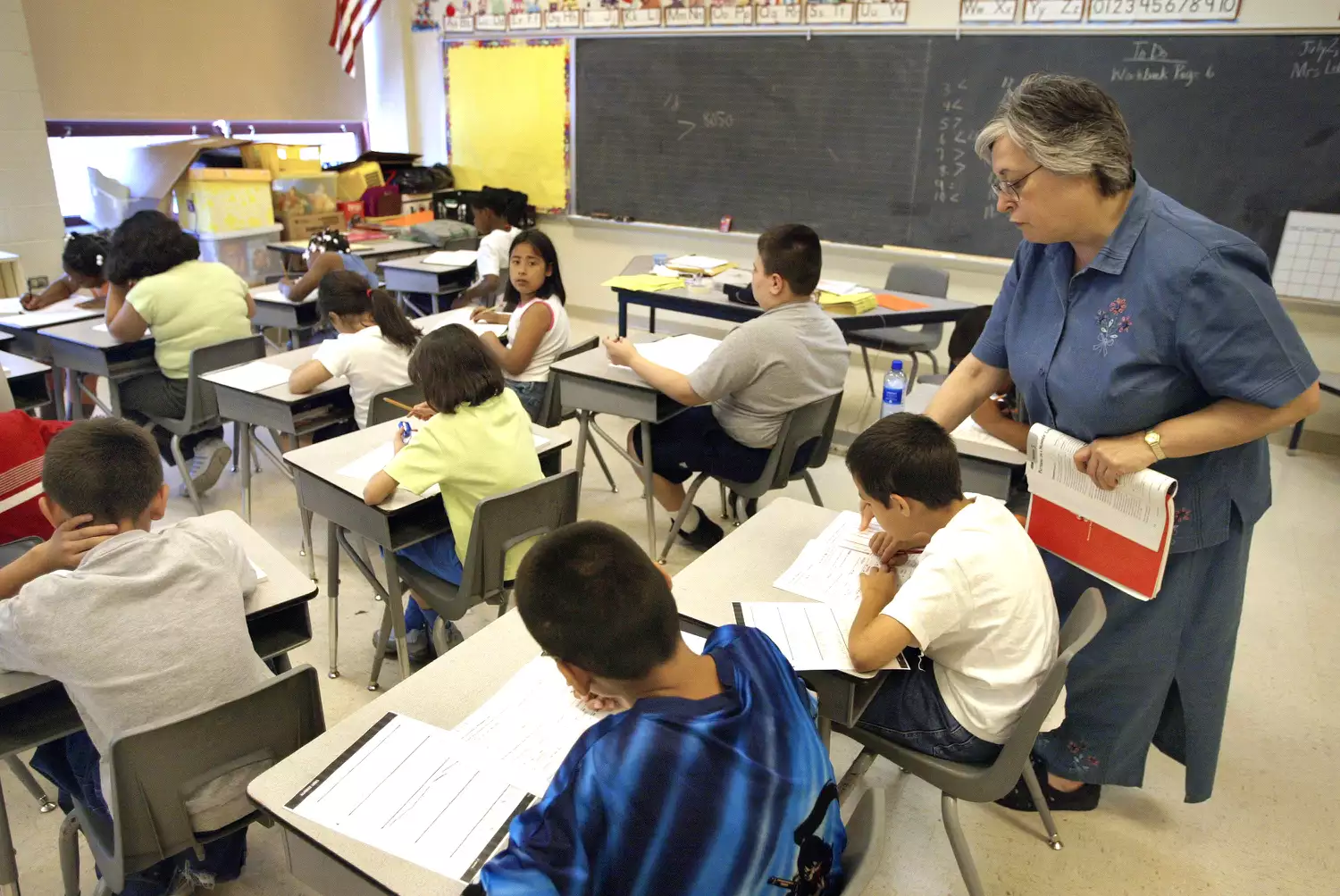
Performance-based learning is when students take part in carrying out jobs or activities that are meaningful and appealing. The purpose of this type of learning is to assist students get and apply knowledge, practice abilities, and develop independent and collaborative work habits. The culminating activity or product for performance-based learning is one that lets a trainee demonstrate proof of comprehending through a transfer of skills.
A performance-based evaluation is open-ended and without a single, proper answer, and it should demonstrate authentic learning, such as the development of a paper or class dispute. The advantage of performance-based assessments is that trainees who are more actively involved in the knowing process absorb and comprehend the product at a much deeper level. Other attributes of performance-based evaluations are that they are intricate and time-bound.
Also, there are discovering standards in each discipline that set academic expectations and specify what excels in conference that requirement. Performance-based activities can incorporate two or more topics and should likewise meet 21st Century expectations whenever possible:
Creativity and Innovation
Crucial Thinking and Problem Solving
Communication and Collaboration
There are likewise Information Literacy requirements and Media Literacy standards that require performance-based knowing.
Clear Expectations
Performance-based activities can be challenging for students to complete. They need to comprehend from the beginning precisely what is being asked of them and how they will be assessed.
Examples and designs may help, however it is more crucial to offer in-depth criteria that will be used to examine the performance-based evaluation. All requirements must be resolved in a scoring rubric.
Observations are an important part and can be used to supply trainees with feedback to improve efficiency. Teachers and students can both utilize observations.
The objective of performance-based learning need to be to boost what the students have actually found out, not just have them recall facts. The following six kinds of activities provide good beginning points for evaluations in performance-based learning.
Presentations
One simple way to have students complete a performance-based activity is to have them do a presentation or report of some kind. This activity could be done by students, which requires time, or in collective groups.
The basis for the discussion might be one of the following:
Supplying details
Teaching an ability
Reporting development
Persuading others
Trainees may pick to add in visual help or a PowerPoint presentation or Google Slides to help illustrate elements in their speech. Presentations work well throughout the curriculum as long as there is a clear set of expectations for trainees to deal with from the start.
PortfoliosStudent portfolios can consist of items that trainees have produced and collected over a period. Art portfolios are for students who wish to apply to art programs in college.
Another example is when trainees create a portfolio of their composed work that demonstrates how they have actually progressed from the starting to the end of class. The writing in a portfolio can be from any discipline or a combination of disciplines.
Some teachers have students pick those items they feel represents their best work to be consisted of in a portfolio. The advantage of an activity like this is that it is something that grows in time and is therefore not simply completed and forgotten. A portfolio can provide trainees with an enduring selection of artifacts that they can utilize later in their scholastic profession.
Reflections may be consisted of in trainee portfolios in which students may take down their growth based upon the materials in the portfolio.
Performances
Dramatic performances are one type of collective activities that can be utilized as a performance-based assessment. Trainees can create, perform, and/or offer a crucial action. Examples consist of dance, recital, dramatic enactment. There might be prose or poetry analysis.
This form of performance-based evaluation can take some time, so there must be a clear pacing guide.
Trainees should be provided time to attend to the demands of the activity; resources must be easily offered and satisfy all safety standards. Trainees must have opportunities to prepare phase work and practice.
Developing the criteria and the rubric and sharing these with students before assessing a remarkable efficiency is crucial.
Jobs
Tasks are typically used by teachers as performance-based activities. Projects might require students to apply their knowledge and skills while completing the appointed task.
Trainees might be asked to finish reports, diagrams, and maps. Educators can likewise choose to have trainees work separately or in groups.
Journals might become part of a performance-based assessment. Journals can be used to record student reflections. Educators may need students to complete journal entries. Some instructors might utilize journals as a way to tape involvement.
Displays and Fairs
Teachers can expand the idea of performance-based activities by developing exhibits or fairs for trainees to display their work. Examples consist of things like history fairs to art exhibits. Students work on a product or product that will be displayed publicly.
Exhibits show extensive knowing and might consist of feedback from audiences.
In some cases, trainees might be needed to explain or defend their work to those participating in the exhibition.
Some fairs like science fairs could include the possibility of prizes and awards.
Arguments
A debate in the classroom is one form of performance-based knowing that teaches trainees about varied viewpoints and viewpoints. Abilities associated with dispute consist of research, media and argument literacy, reading understanding, proof evaluation, public speaking, and civic skills.
There are many different formats for argument. One is the fishbowl debate in which a handful of trainees form a half circle facing the other students and dispute a subject. The rest of the classmates might posture concerns to the panel.
Another kind is a mock trial where groups representing the prosecution and defense handle the functions of attorneys and witnesses. A judge, or evaluating panel, oversees the courtroom presentation.
Middle school and high schools can utilize debates in the classroom, with increased levels of elegance by grade level.




